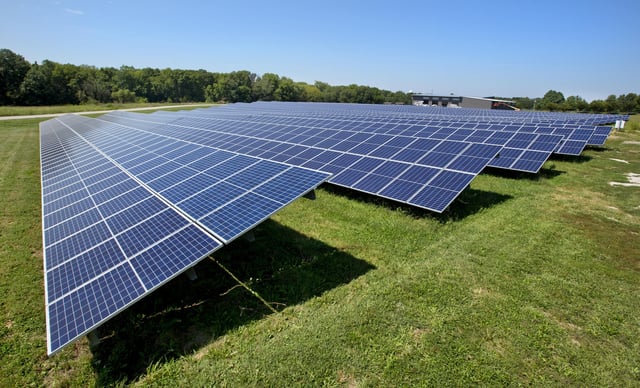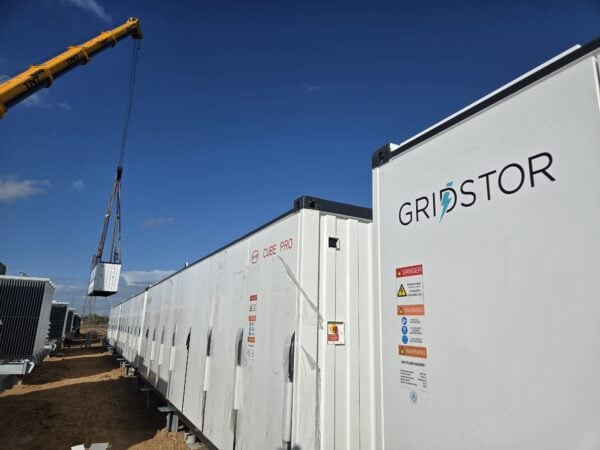Overview
- Deploying 4 GW of battery storage in the Central U.S. could lower electricity costs by about $7 billion by 2035, while adding 5 GW in the Southwest Power Pool promises an extra $2.2 billion in savings.
- Without further storage build-out, peak-hour rates in SPP could climb to around $988 per MWh by 2035, increasing pressure on generation and transmission infrastructure.
- Although SPP’s interconnection queue holds hundreds of storage projects that could deliver more than 4 GW by 2030, roughly 58% of applications have withdrawn amid long studies and unclear market participation rules.
- Developers and utilities are advancing some sites—GridStor acquired a 200 MW/800 MWh system, Xcel Energy plans 600 MW by 2030—while local measures such as Harvey County’s moratorium are halting a 200 MW proposal.
- Aurora and ACP urge regulators to accelerate interconnection processes, reform market accreditation and simplify permitting to translate the queued projects into realized savings and reliability gains.

